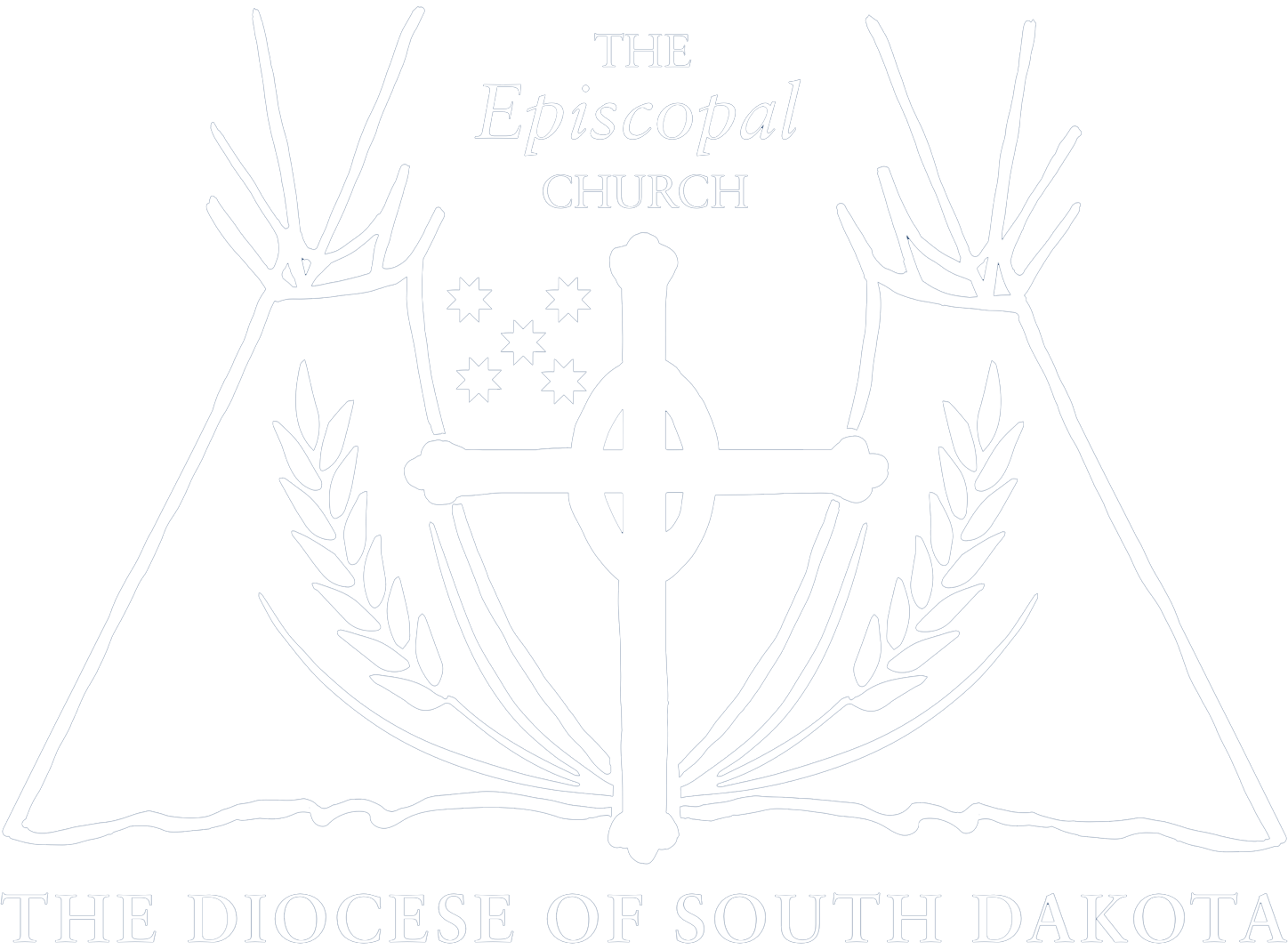We remember those hanged on December 26, 1862, in Mankato, Minnesota, upon President Abraham Lincoln’s order. This execution served as the U.S. government’s punishment of the Dakota people for their uprising in the Dakota War of 1862. Prior to the execution, the U.S. military held 498 Dakota men prisoner for carrying out raids on settlers’ villages in the area. Trials took place—trials with no representation, no preparation, and numerous communication barriers. Ultimately, 38 men paid the price for the war in the largest mass execution in U.S. history. Another two men were captured later and hanged as well.
From the office of Governor Tim Walz and Lt. Governor Peggy Flanagan
On Thursday, December 26, Governor Tim Walz and Lieutenant Governor Peggy Flanagan participated in the annual Dakota 38+2 Memorial Ride and Run. The Dakota 38 execution is the largest mass execution in the United States and took place on December 26, 1862. Every year the horseback ride honors 38 Dakota Warriors who were hung in Mankato MN in 1862. The ride and run also honors the two Dakota Chiefs, Medicine Bottle and Shakopee who were also hanged in 1864 in the aftermath of the U.S.-Dakota War of 1862.
“On behalf of the people of Minnesota and as governor, I express my deepest condolences for what happened here, and our deepest apologies for what happened to the Dakota people,” Governor Walz said. “This memorial ride is an important time to acknowledge the wrongs that have been done and recommit ourselves to accountability and healing. Working together in common good is our goal.”
“The Dakota 38 + 2 memorial ride and run is a time for reflection and to acknowledge the atrocities that have been committed on the very land we stand upon,
Lieutenant Governor Flanagansaid. “While we can’t undo over 150 years of trauma inflicted on Native people at the hands of state government, we can work to do everything possible to ensure that Native people are seen, heard, and valued today.”
How the Dakota 38 Memorial Ride came to be.
In 2005, Jim Miller of Porcupine, SD, had a dream. He dreamt of riding on horseback across the plains of South Dakota to the riverbank in Minnesota, where, in his dream, he witnessed his Dakota relatives executed. Jim's vision inspired him. He contacted various horse riders to come together for a 16-day reconciliation ride, now known as the Dakota 38 Memorial ride. Each December 10, riders set out to traverse the 330 miles between Lower Brule, South Dakota, and Mankato, Minnesota.

